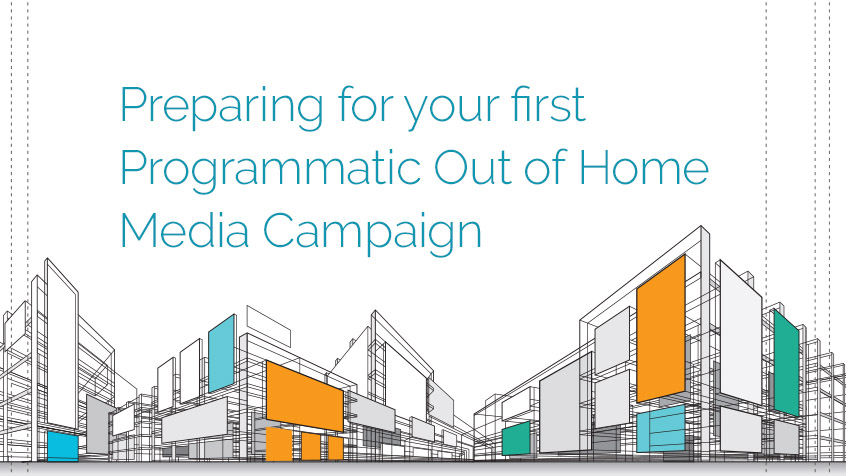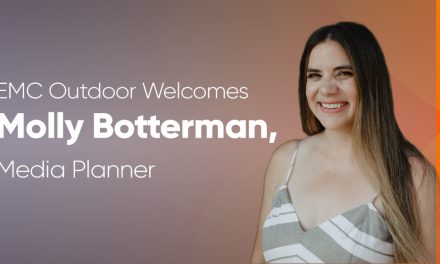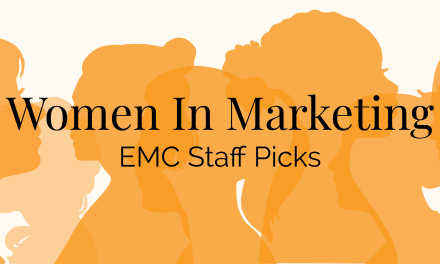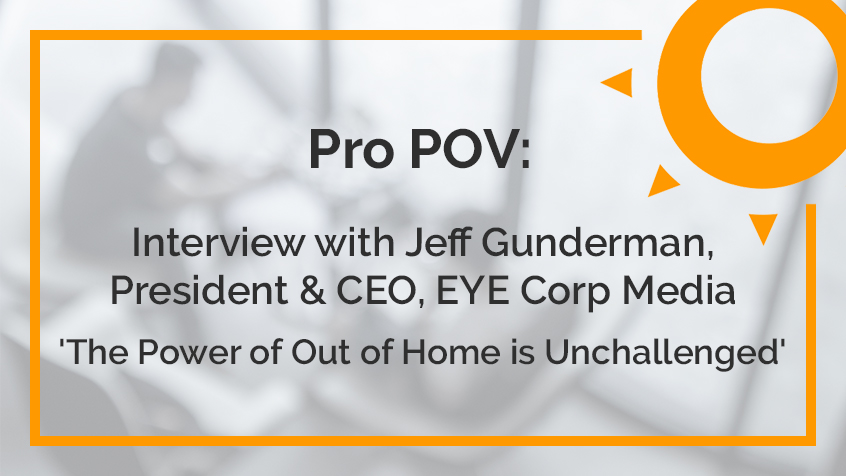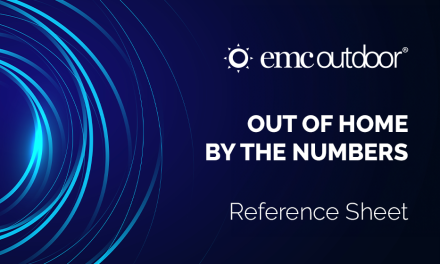When it comes to digital media and Out of Home, all banner ads are not created equal. For some of them 400 x 1400 pixels translates to 14’ x 48’ and one impression turns into thousands. You’ve probably been hearing about it, but may have some questions before launching your first Programmatic Out of Home Campaign.
With the combination of recent technological and infrastructure advancements, along with the outside factors brought on by the COVID pandemic Programmatic Out of Home has made great strides in the last year. The increase in interest and need among advertisers has been met with a corresponding increase in capabilities, media availability, and general accessibility of Programmatic Out of Home offerings.
But, as many advertisers are beginning to look to programmatic as a great way to launch a highly targeted, flexible, and speedy Out of Home campaign many of them don’t know exactly what to expect when stepping into this venue.
Advertisers expecting their first Programmatic Out of Home campaign to run exactly like online, or exactly like a traditional OOH campaign may find themselves dealing with some confusion. Programmatic Out of Home shares aspects with both of these other channels, it also has some factors that are unique.
In the interest of helping advertisers be prepared, here are a few things to know, and be prepared for in their first Programmatic Out of Home campaign.
Planning Your First Programmatic Out of Home Campaign:
Abraham Lincoln supposedly said, “Give me six hours to chop down a tree and I will spend the first four sharpening the ax ”. While you won’t need any lumberjack skills for your first Programmatic Out of Home campaign, planning and preparation are still critical to executing an effective campaign. These are a few of the important things to consider.
Know your Goals: First – what are you trying to do? What is the intent of the campaign? Are you trying to create brand awareness or drive foot traffic to retail locations? Are you trying to drive app downloads or get people to sign up for a service? It may seem obvious but knowing your KPI’s and sharing them with your Out of Home specialist will help them guide you to the most effective solutions.
Know your geography: How are you looking at your target geographies? By state, by city, by zip code or neighborhood? Do you have different geographies for different audiences? Will you be targeting POI’s – either the advertiser or the competition (or both!). If so, what radius around those locations will you target – how far do people travel to that location? Have all this information available as it will have an impact on how the campaign is developed.
Know your audience: And, make sure you share that information as well. Programmatic Out of Home is making it easier and easier to plan campaigns from an audience first perspective. Behavioral information can inform media placement. Have your audience parameters available to be used for targeting. Programmatic also makes it much easier to target multiple different audience profiles. Don’t shortchange yourself – if you have multiple audiences go ahead and use them – they could lead to different media choices, and different creative executions.
Know Your Media Preferences: If you or your client have specific media preferences know what these are up front. Out of Home offers a host of very different media – from large roadside, to transit, to place-based / lifestyle offerings – most of which can be activated programmatically. It will save time to be able to include/exclude certain media from the outset.
If you are particular about venue types, start by deciding if you are open to inside or outside venues only, or a mix. Same with video or static content. That can help to narrow down the media buckets more quickly. Know whether you want the reach of being on every possible screen – or whether media choices need to align to some other factor. Another consideration for media (and markets for that matter) will be how to balance them. Be prepared to work with your OOH specialist to determine how to allocate budget for both markets and media choices, and how those will align with your overall goals.
Know Your Creative Options: Be prepared for a very different approach to creative. One of the great things about Programmatic Out of Home is the variety of media choices available. This also means there can be a lot of different creative sizes. Prepare your creative team for this fact so they are ready to format to all the sizes, and know how much time you can devote to preparing different creatives – is 5 sizes your limit? Or 50? You should also be prepared to provide creatives for different audiences. You can easily use different creative to target different audiences, different languages, different geographies, etc.
One of the most underused capabilities of Digital Out of Home in general is its ability to deploy dynamic creative. Many platforms can support dynamic creative feeds that allow you to update your creative with live information, updated data, pricing promotions, social media feeds etc. This is still a developing tech, and not all platforms are the same, but most are happy to work with you to figure out a way to do something creative.
Finally, it may seem obvious, but we’ve all seen it too many times. Make sure that your creative is optimized for Out of Home. Just because your campaign is “digital” and being activated programmatically, doesn’t mean you can just slap your online creative on a billboard and expect it to work. Any more than you can with a traditional static OOH campaign. The same rules should apply, keep it simple, less is more, high contrast and strong fonts.
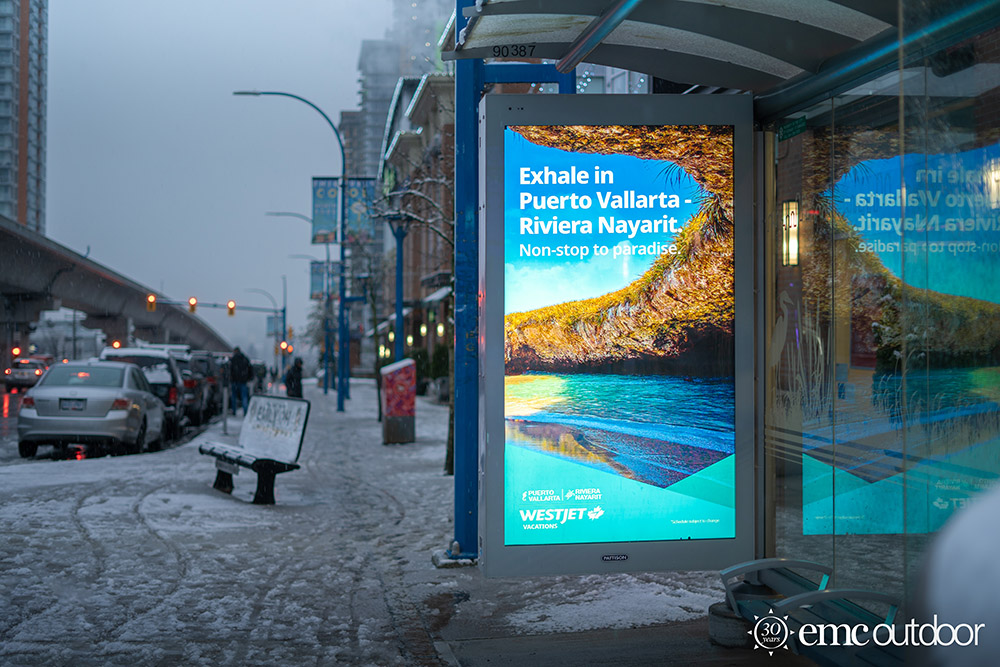
Activating Your First Programmatic Out of Home Campaign:
With any campaign the planning portion contains most of the heavy lifting, and in the past most Out of Home campaigns were pretty much “set it and forget it” once the campaign had launched. The biggest concerns were usually “how is your vinyl holding up” for longer term campaigns. When launching your first Programmatic Out of Home campaign this isn’t necessarily the case. This is where your Out of Home campaign will share some similarities with online digital media.
Before you launch your campaign make some decisions about pacing – do you want it to deliver evenly across the length of the campaign, or should it be weighted toward the early stages. If it is a longer campaign with multiple creatives will you adjust the pacing to coincide with new creatives? Monitoring the delivery of the campaign while it is live will be important. For shorter campaigns it’s good to keep a closer eye on things to make sure delivery is pacing properly, for longer campaigns this can be spaced out a little more as there is more wiggle room for adjustment.
Speaking of adjustments… Because Programmatic Out of Home does involve a certain level of RTB (real time bidding) you may need to make in-campaign adjustments. The planning stage of your campaign will come very close to the impression numbers. But, it can’t completely predict what will actually happen once the campaign is live. This is because there are also other advertisers in the marketplace bidding on media, and it’s impossible to completely predict how much other demand there will be, and what other advertisers may be doing. It may be necessary to modify bidding levels, targeting parameters, geography or media inclusion in order to meet your campaign goals. Before you launch your first Programmatic Out of Home campaign it’s good to have an idea of the parameters you can modify, and those you can’t, so that you are prepared should the need arise.
Reporting on your first Programmatic Out of Home Campaign:
Chances are if you are launching your first Programmatic Out of Home campaign you will be eagerly anticipating the results. It’s normal to be excited about trying something new. So it’s important to expectations so everyone knows what to expect.
First – Reporting for Programmatic Out of Home can come in a number of ways depending on how the campaign is set up: impressions delivered, pacing, impressions across the different media types or across the different audiences, or the different geographies. Be prepared to know what will be most important to you to see. These should align with your goals and KPIS. While certain aspects of reporting may be standardized many providers can work with you to create custom information.
You should also consider what cadence you need to see the reporting? How often do you need to review – this should correspond somewhat to the length of the campaign – if you are running for 6 months, daily reports may be a little excessive. Be sure to share real time analytics on your KPI’s with your Out of Home specialist. These can help guide any changes to optimize the campaign.
POP delivery for Programmatic Out of Home campaigns also does not necessarily conform to traditional OOH. For traditional static campaigns it is normal to get pictures of every location for larger media like billboards, and a representative sampling for smaller, but typically more numerous, media like posters, transit shelters and bus displays.
For programmatic campaigns this will be a little different as it is not as practicable to take photos of media when you don’t know exactly when it will display. For most campaigns, the typical POP will be a proof of play report with locations and times. If you absolutely must have photography, it’s usually possible to arrange – but be aware that depending on the scale this may require some additional costs.
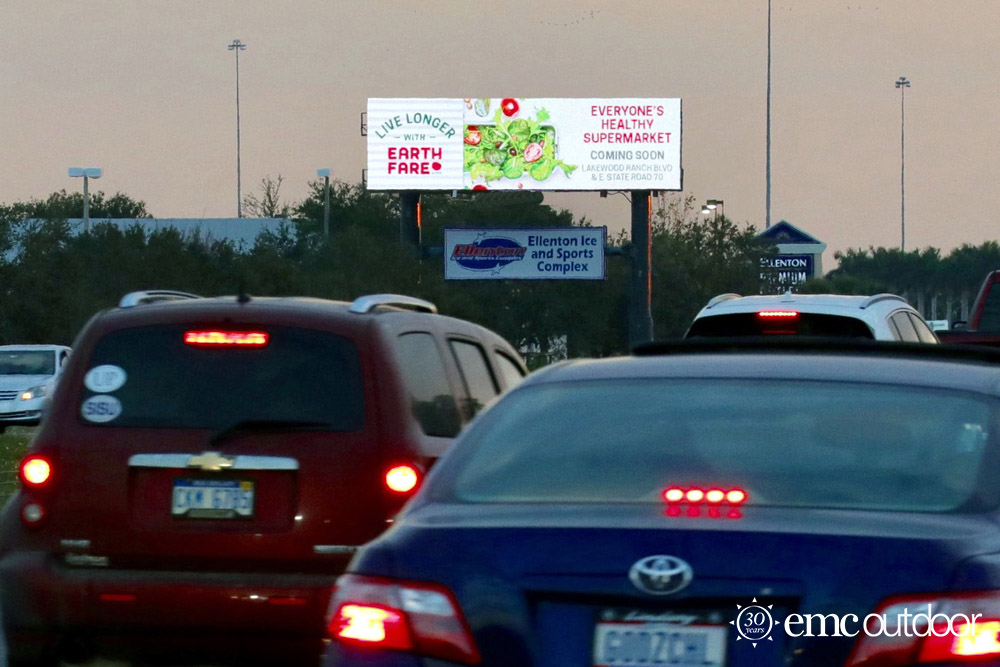
Being prepared is crucial for any campaign:
There are a lot of different factors to consider when launching your first Programmatic Out of Home campaign, from audience, geography, media and creative planning factors to the in-flight adjustments and post campaign reporting. Being informed and prepared can go a long way to making sure that you or your client have appropriate expectations, and that no one gets taken by surprise when addressing some of the difference between traditional OOH campaigns or online digital programmatic.
The ability to plan and buy Out of Home media programmatically is on pace to dramatically reshape how we think about the media channel. How can we use it to target audiences and locations, how can we take advantage of its overall speed and flexibility? How can we make the most of its creative capabilities to drive the desired outcomes? How can we tie OOH more strongly to online campaigns, or take advantage of new attribution techniques and models to inform a more truly omnichannel approach (both topics for a later post). Although seemingly infinite, OOH even bought programmatically is a finite tactic. While it can be executed quickly, planning and preparation still goes a long way in building and executing a successful campaign.
If you’re thinking about launching your first Programmatic Out of Home campaign, or just curious about what you can do with the media channel contact us to learn more. We love to talk about Out of Home and would be happy to bring your team up to speed on the latest the media has to offer.

